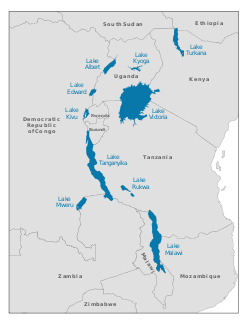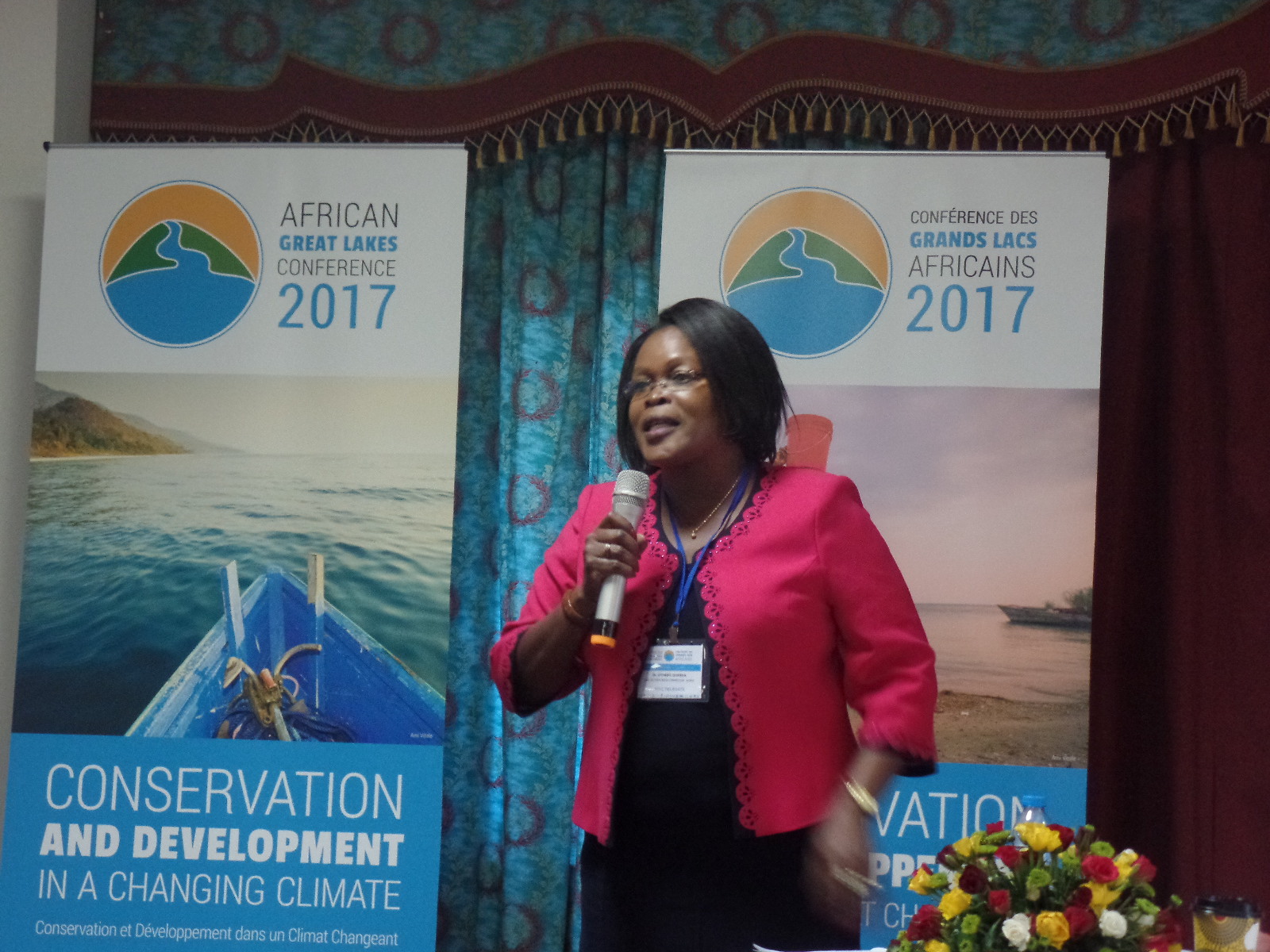A Wake Up Call for Conservationists?
May 6th, 2017 | By admin | Category: FeaturedBy Suzanne York.
A light went off for many conservationists attending the African Great Lakes Conference (AGLC) this past week. They learned that there is an integrated development model that can help make their environmental efforts successful for the long-term.
It’s simple, really. By connecting population, health and environment issues, people will be empowered with healthcare, livelihoods and education, and nature will gain greater protections.
The conference’s focus was conservation and development in a changing climate. The African Great Lakes region is incredibly biodiverse, and is blessed with numerous natural resources. But it is also facing serious threats, such as deforestation, overfishing, pollution, and droughts – all exacerbated by a rapidly growing population.
And yet it is this crucial issue of population growth that might get mentioned but never adequately addressed in fora such as this conference in Entebbe, Uganda.
It shouldn’t be omitted, especially in East Africa, where many countries are still experiencing growing populations. Here’s a quick snapshot of population growth in the countries in the Lake Victoria basin:
Uganda
36.6 million – 2016 population
101.5 million – 2050 projected population
Kenya
101.5 million – 2016 population
88.2 million – 2050 projected population
Tanzania
54.2 million – 2016 population
134.8 million – 2050 projected population
Uganda is the size of the state of Oregon and has numerous national parks teeming with wildlife. More than 4 in ten births in the country are unplanned, and nearly half of the population is under the age of 15.
Making the Links
The path forward was clearly laid out at the AGLC, with a call by a group of experts on population issues to “embrace the PHE approach.” PHE, or Population, Health and Environment, is an integrated development model that recognizes the interconnection between protecting and managing natural resources, family planning and reproductive health, sustainable livelihoods and more.
Given our serious global problems, a rights-based, multidisciplinary approach that empowers communities and protects nature is urgently needed. The PHE model supports people and helps nature thrive.
Dr. Doreen Othero, a leading PHE expert with the Lake Victoria Basin Commission in Kenya, gave a plenary talk that riveted the audience of conservationists. Her key message? That population dynamics is the major challenge to conservation. Therefore, conservation needs to address issues of population growth. This can only be done, Dr. Othero believes, “if conservation projects integrate family planning, maternal health, child health, and prevention of diseases.”
The take away for AGLC attendees, according to Dr. Othero, is that the gains they make in conservation will be eroded if they don’t address the needs of people. A multisectoral approach that includes family planning and reproductive health should be at the top of the agenda. Any reluctance to tackle these issues must to be overcome.
It’s so clear. Parents will do whatever is necessary for their children. If that means cutting down trees for fuel, overfishing lakes, or poaching wild animals in a national park, so be it. The reality is that poverty and hunger are now; sustainability is a vague, future concept.
Climate change was a main topic at AGLC. Dr. Othero noted that climate change is caused by human activities exacerbated by an “overgrowing human population.” The PHE model can help create resilient families and communities that can better adapt to climate impacts. Smaller, healthy, knowledgeable families can better demand rights and make better decisions, and thereby can understand and withstand climate change shocks.
Raymond Ruyoka, with Reproductive Health Uganda, an organization that uses the PHE model in their work with local communities, said “PHE should be the center of conservation.” He thought that conservationists “appreciated PHE and its role in conserving the environment.” Ruyoka noted a shift in participants’ understanding of the links between population and a healthy environment.
Next Steps
The current draft resolution produced by the African Great Lakes Conference (to be finalized in the coming weeks) includes PHE as a key solution to meet the environmental challenges in the region, as well as access to contraceptives as a basic human right.
Including the PHE approach in future environmental/conservation events will be instrumental to successfully protect the world’s biodiversity and cope with increasing climate impacts. Efforts that omit people will not be sustainable for very long. It’s a message everyone needs to hear.
Suzanne York is Director of Transition Earth.



